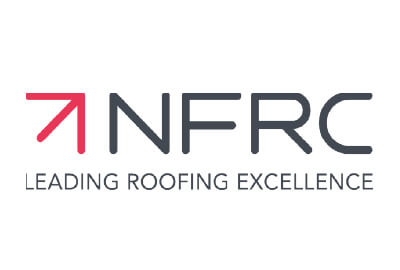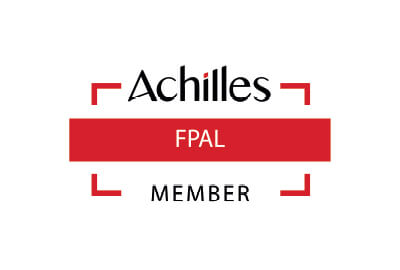Flat roofing is a popular roofing option for homes with extensions and have proved popular for certain styles of new build homes in recent years.
However flat roofing can suffer from:
- Severe ponding
- Storm damage
- Wood rot
- Damaged lead
- Poor original construction
- Vegetation damage
This all means that if you live in a property with a flat roof, you may have to replace it at some point. It is at this stage that you need to decide whether to go with a single ply roofing system or felt roofing. Which is best?
Flat roofing has many benefits over traditional roofing systems and the two main options for flat roofing are single ply and felt. Each has its own unique advantages which we can look at now.
Single Ply Flat Roofing System
A Single Ply Flat Roofing System is widely used in domestic and commercial properties. And as the name suggests, it can be fitted in a single layer. While available in multiple colours, black, white and grey are the three most popular colour options. Single Ply Flat Roofing is available in thermoset and thermoplastic variations. You will commonly find thermoset single ply roofing used for larger flat roofing spaces and commercial roofing space and they are the ideal choice as they have minimal seams. Thermoplastic Single Ply Roofing Systems made from the likes of PVC and TPO are often used on smaller roofing systems and as a reinforcement layer to provide additional strength to the roof.
Both systems are easy to install, are highly flexible to adapt to the various building requirements and provide a good level of UV protection.
Felt Flat Roofing System
The modern version of felt roofing is very different to what many consider to be felt roofing. Instead of the roll on method. Modern felt roofing is installed by torch application. Modern felt is a 3-layer membrane system – ideal for waterproofing protection. What works against felt is that it is prone to splitting, cracking and UV damage.
Which is better?
While it may seem like Single Ply Flat Roofing Solutions are the best option, each roof and roofing requirement is different. Cost will always play a part in the final decision and felt has traditionally been a cheaper option. However, over the years, felt roofing maintenance can add up and Single Ply Roofing requires less maintenance.
And those maintenance costs can add up. The lifespan of Felt is around 5-10 years depending on how well you look after it. Single Ply Roofing lifespan is around 25 years. A lot of this comes down to how Single Ply is constructed but is also a testament to its durability and quality.
What really works against felt however is that once it has reached its life expectancy, it can’t be reused and must be discarded. Single Ply roofing however can be recycled and is therefore a more sustainable roofing solution.
Conclusion
While it may cost more initially, Single Ply is a great flat roofing solutions. It is tougher, more waterproof and lasts longer. It can be recycled and used for large commercial flat roofing spaces. However each roofing requirement is different and if you are looking to replace your existing flat roof then the best thing to do is to call us.
We are one of the leading local roofing contractors in Scotland with nearly 40 years of service across the central belt of Scotland.
From our head office in Glasgow, we can provide the complete roofing and building maintenance service ranging from traditional roofing repairs to new slate or tile roof fitting and emergency roofing work after storm damage.
Roofing Services
- Tiled Roofing
- Slate Roofing
- Flat Roofing
- Dormer Roofing
- Tenement Roofing
- Historic Building Roofing
- Lead Flashings
- Gutter Cleaning
- Gutter Repairs
- Roof Cleaning
- Roofing Installations
- New Roof Fitting
- Building Maintenance
- Annual Roofing Maintenance
- Emergency Roof Repairs
To find out more, please call us today on 0141 944 6100 or email sales@balmore-ltd.co.uk.













